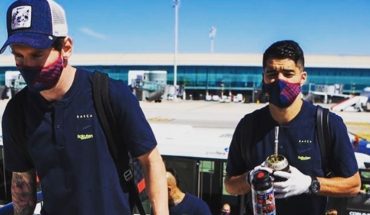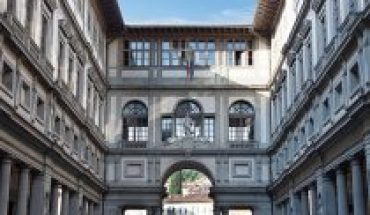Eduardo Ramírez Villamizar is today’s honoree because he was born on August 27th , 1922 – that today would be his 97th anniversary. He was a renowned Colombian artist, pioneer of abstract art in his country. Today his legacy lives on at the Museum of Modern Art in Pamplona, Norte de Santander, where he is from. One of his pieces, The Black and White Painting, was acquired by the Museum of Modern Art in New York in 1956 and two years later he won a Guggenheim Award.He studied architecture before gaining worldwide recognition for his paintings and sculptures and is considered one of The most notable sculptors of Colombia.Today’s Doodle took pictorial elements of his works to represent his art and honor his legacy: “I did the corresponding research on his life, then I sketched what he wanted to represent to discover what were the forms I wanted to use and then I communicated the idea,” explained Gerben Steenks, the doodler who developed the illustration in honor of the Northern Artist, the biggest challenge of linking the company’s logo with the work of the Colombian sculptor was to represent Eduardo Ramírez Villamizar was respectfully and rigorously interested in pre-Columbian goldsmithing, and was a scholar of the Gold Museum, where he was discovering the design and organization of forms. Among his public sculptures, which are mainly in Bogotá, stand out: “Nave Espacial”, located in the square of the Gonzalo Jiménez Convention Center in Quesada; or “The Portico”, located in Third Millennium Park, which this year had an investment of $132 million for its recovery and intervention. Ramírez Villamizar lived in the United States since the early 1950s. He lived in New York from 1967 to 1974 and worked alongside Edgar Negret. There he began to work plastic sheets, bent the plans that had always remained as walls, and established the dynamics of the interior space within the sculpture. In 1973 he made other public sculptures in the United States: Hexagon, in New York, and From Colombia to John Kennedy in the gardens of the cultural center of Washington.
His trip to Machu Picchu, in late 1983, was final for the production of full constructions of severity and power.





